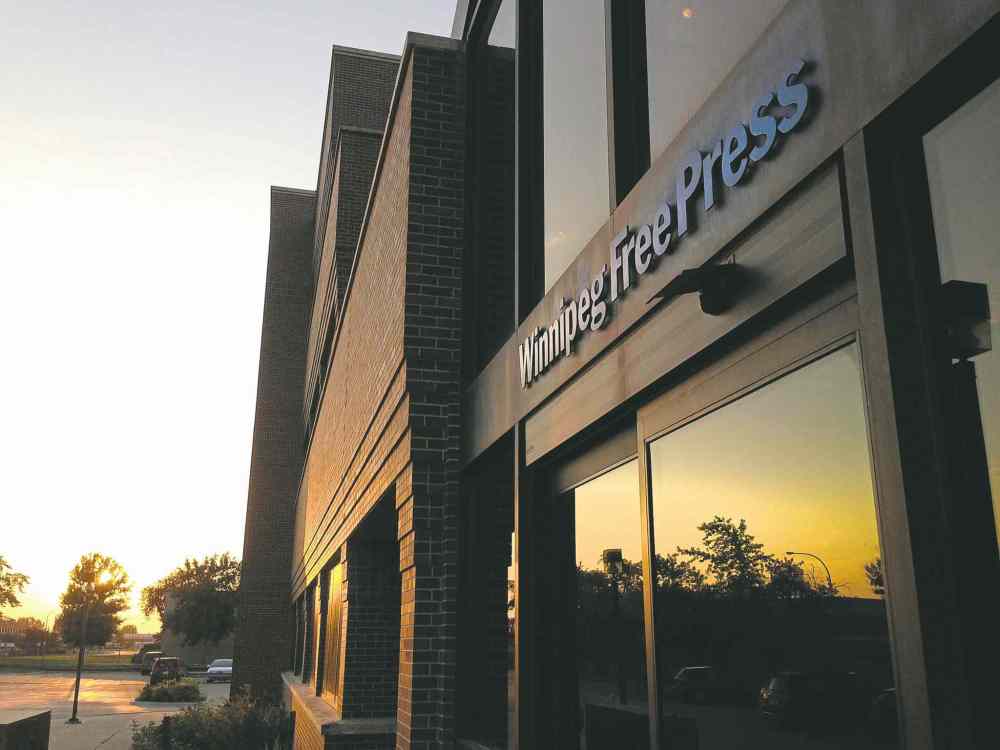We’re building a better experience
Advertisement
Read this article for free:
or
Already have an account? Log in here »
To continue reading, please subscribe:
Monthly Digital Subscription
$19 $0 for the first 4 weeks*
- Enjoy unlimited reading on winnipegfreepress.com
- Read the E-Edition, our digital replica newspaper
- Access News Break, our award-winning app
- Play interactive puzzles
*No charge for 4 weeks then billed as $19 every four weeks (new subscribers and qualified returning subscribers only). Cancel anytime.
Read unlimited articles for free today:
or
Already have an account? Log in here »
Hey there, time traveller!
This article was published 17/04/2015 (3294 days ago), so information in it may no longer be current.
Steve Jobs knew a thing or two about innovation.
He saw things in new ways. He invented. He created. He imagined.
But even though Apple’s Think Different ad campaign leveraged archival images of transformational figures such as John Lennon, Einstein, Martin Luther King Jr. and Mahatma Gandhi to transform his company’s brand, Jobs didn’t put much stock in differentiation.

“I don’t think it’s good that we’re perceived as different,” the Apple Inc. co-founder said.
“I think it’s important we’re perceived as much better. If being different is essential to doing that, then we have to do that, but if we could be much better without being different, that’d be fine with me. I want to be much better! I don’t care about being different, but we’ll have to be different in some ways to be much better.”
Of course, innovations such as his iPhone and iPad did much more than be much better than the rest. By upsetting the status quo, it forced those of us working at newspapers to think differently in a bid to catch up to the way Jobs had changed our world and our business.
That thinking, from our own version of crazy ones, misfits and round pegs in square holes toiling away on iMacs at the Free Press, is all about building a better experience for our online readers.
But first let’s talk about how it will be different.
As I’ve mentioned before in these notes to readers, our new website about to launch will be about much more than simply a new look. The think-different mission behind the redesign of all our digital platforms is to put you, the reader, at the centre of it all.
What that means is your login opens the door to stories that matter to you, stories that reflect your interests, stories that match your preferences. The more you read, the more your Free Press login will learn about you and what you need and want. When you return to the screen, the new list of stories waiting for you will offer a personalization service you can’t find anywhere other than Pinterest.
What that doesn’t mean is you will somehow miss or ever find yourself having to hunt for the headlines we believe everyone needs to know. The news judgment that is part of our 143-year-old brand is not going to be trumped by any algorithm. When big stories break, they will break on every one of our readers’ desktops, smartphones and tablets. When our reporters uncover wrongdoing, those exclusives will be front and centre for all to read first. And if and when the Jets win the Stanley Cup, I promise you that story will pop up at the top of your screen, even if you had never before read anything about the NHL.
What will also be different is the way our website will always serve you fresh stories. Each time you return to read more, you will only see stories you’ve never read before. In other words, no longer will you have to waste your time scrolling past stuff that is no longer news to you to find stuff that is news.
We want your Free Press to always be time well-spent. We also want to save you time. That’s not the way other newspapers run their websites. But we are daring to be different.
We hope that different will be much better for you.
Paul Samyn is the Free Press editor.
Twitter: @paulsamyn
paul.samyn@freepress.mb.ca

Paul Samyn
Editor
Paul Samyn has been part of the Free Press newsroom for more than a quarter century, working his way up after starting as a rookie reporter in 1988.



